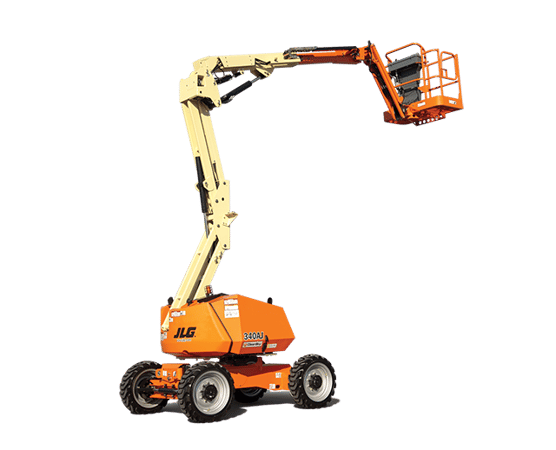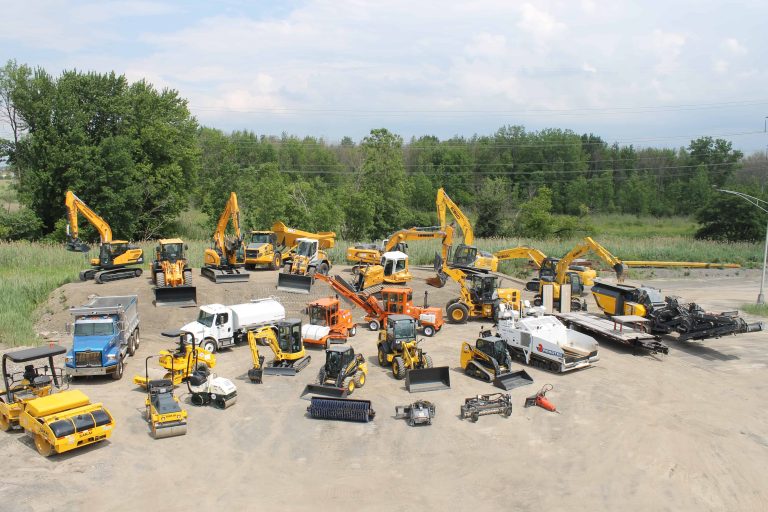Equipment Rental Company: Your Resource for All Types of Equipment
Equipment Rental Company: Your Resource for All Types of Equipment
Blog Article
Maximize Your Spending Plan by Understanding the Expenses Associated With Building Devices Rentals
Recognizing the complete scope of prices associated with construction devices leasings is critical for optimizing your spending plan. What methods can be used to successfully handle these prices and guarantee a much more effective rental experience?
Introduction of Rental Expenses
When considering building and construction tools leasings, recognizing the associated prices is vital for efficient budgeting and job preparation. Rental prices can vary significantly based on several factors, consisting of devices kind, period of rental, and place. The preliminary rental fee commonly reflects the equipment's market demand and its associated operational abilities, affecting the general expense.
Along with the base rental rate, supplementary costs might emerge, such as transport costs, fuel surcharges, and maintenance charges. It is vital to make up these added expenses to accurately evaluate the total cost of leasing tools. The rental period can impact prices; longer services may qualify for discounted rates, while short-term rentals could sustain greater day-to-day charges.

Failure of Rental Prices
A detailed understanding of rental prices is important for contractors and task managers aiming to enhance their budgets. Rental rates for building and construction devices usually contain a number of components, consisting of base prices, time-based charges, and usage fees.
Base rates are the core costs connected with the service of the equipment, commonly figured out by the type and dimension of the machinery. These rates can differ significantly, influenced by factors such as devices demand, schedule, and regional market fads. Time-based fees, which may be daily, weekly, or monthly, serve to suit different project timelines and rental periods.
Additionally, rental rates may include use costs, which are applicable when devices is utilized past a specified threshold, making sure that the rental company can represent wear and tear. Seasonal need variations can additionally influence rental rates, with peak building periods typically regulating higher prices.
Moreover, recognizing the rental company's plans pertaining to maintenance and insurance can provide more understanding right into the total cost framework. By analyzing these components, service providers can make educated decisions, ensuring the choice of rental equipment aligns with both job needs and budget restraints.
Added Costs to Take Into Consideration
Comprehending the intricacies of added fees is vital for service providers to handle their general leasing expenditures properly. Past the typical rental rates, numerous additional costs can considerably impact the overall price of devices rental. These charges typically include delivery and pick-up fees, which can vary based upon range and logistics associated with transferring the devices to and from the task site.
In addition, some rental companies might impose gas additional charges if the equipment is returned with much less fuel than when rented. It is likewise important to be conscious of potential cleansing charges, especially for customized tools that requires thorough upkeep after use.

Extensively examining the rental arrangement and making clear these additional fees upfront can aid contractors make sure and avoid unforeseen costs that spending plans continue to be undamaged throughout the project lifecycle.
Repair And Maintenance Expenditures
Routine upkeep and repair work expenditures are commonly overlooked aspects that can dramatically influence the total expense of building and construction equipment leasings. When leasing equipment, it is important to think about not just the rental costs yet also the potential costs related to keeping the machinery in optimum operating condition.
Several rental firms include fundamental upkeep as part of the rental contract; however, much content more unanticipated breakdowns or comprehensive repairs can bring about additional costs. It's necessary to examine the rental contract thoroughly to understand what upkeep services are covered and what responsibilities drop on the renter.
Moreover, tools that is not well-kept can bring about ineffectiveness on the job website, potentially raising and causing hold-ups project prices. To mitigate these threats, why not find out more it is suggested to conduct regular inspections and keep open interaction with the rental copyright regarding any type of concerns that occur throughout usage.
Insurance Policy and Obligation Prices
Insurance policy and responsibility expenses are important parts that can significantly affect the general cost of construction devices leasings (dozer rental). These prices ensure that both the rental business and the customer are secured from possible financial losses arising from accidents, damages, or theft throughout the rental duration

Additionally, customers ought to know any deductibles or exemptions in the insurance coverage, as these can affect possible out-of-pocket costs. Recognizing the terms of any kind of insurance policy protection is important to avoid unanticipated expenses. Eventually, budgeting for insurance policy and liability expenses can aid guarantee a smoother rental experience and safeguard versus economic risks linked with construction jobs.
Final Thought
To conclude, a comprehensive understanding of the costs related to building tools leasings is vital for reliable budget plan monitoring. By analyzing rental prices, extra fees, upkeep expenditures, and insurance coverage people, needs and companies can reduce unanticipated expenses. This strategic method not only boosts cost-effectiveness yet additionally makes sure that projects progress efficiently and successfully. Inevitably, educated decision-making concerning devices leasings adds click here now to the overall success of building undertakings.
Rental prices can vary substantially based on several elements, consisting of equipment kind, period of leasing, and location (forklift rental). The rental duration can impact prices; longer leasings might certify for discounted rates, while short-term rentals may sustain greater everyday fees
By carrying out complete research study and engaging with reliable rental business, contractors can successfully browse the intricacies of rental pricing, eventually maximizing their monetary sources.
Past the basic rental rates, different extra costs can dramatically impact the total cost of devices service. Rental companies usually provide obligation insurance policy that covers injuries to third celebrations or damage to residential or commercial property, while devices damage insurance coverage can cover the expense of fixings or replacement if the leased devices is harmed.
Report this page